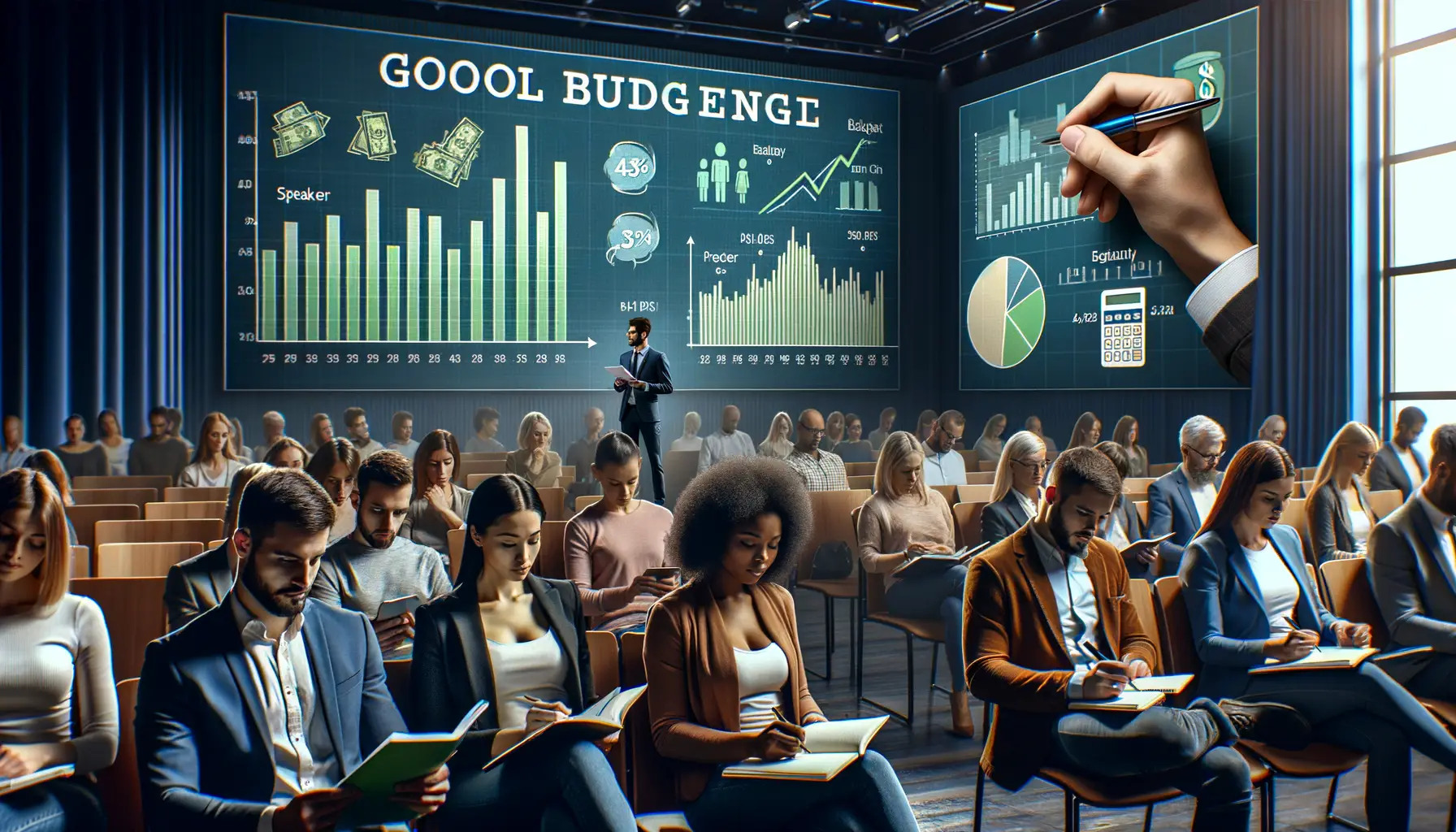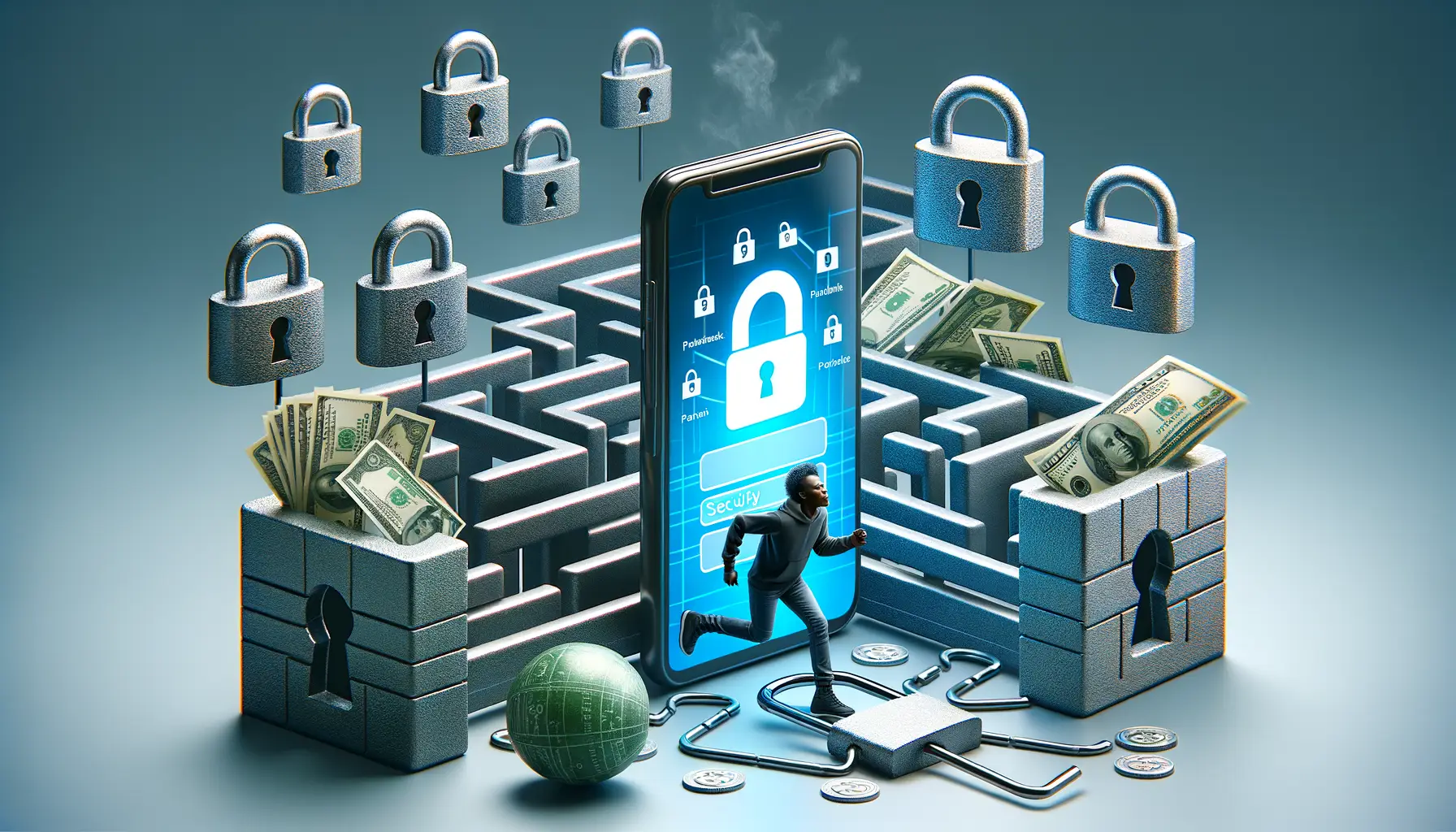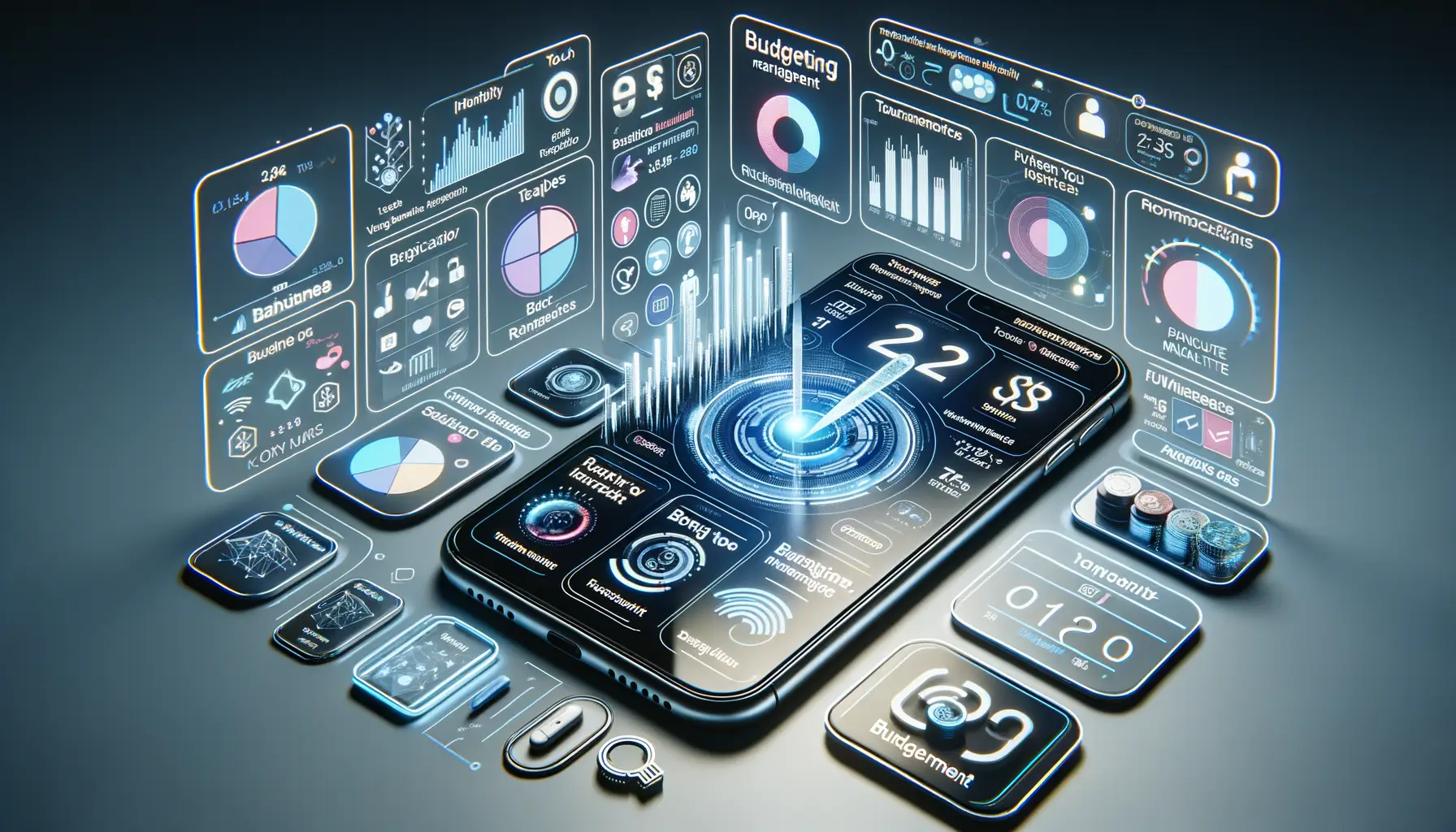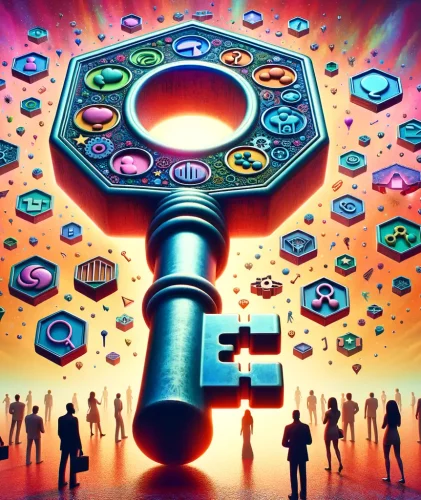Overview of Mobile Banking Apps Evolution
From Clunky Interfaces to Seamless Experiences
It’s hard to believe, but there was a time when mobile banking apps were anything but user-friendly. Think back to the early 2000s—those clunky, slow interfaces that felt more like navigating a maze than managing your money. Fast forward to today, and we have sleek, intuitive tools that practically read our minds. How did we get here? It all started with the desire for convenience.
In the beginning, mobile banking was simply about replicating what you could do at a branch: check balances, transfer cash, maybe pay a bill or two. But soon, developers realized these apps could do so much more. As smartphones became smarter, their banking counterparts kept pace, introducing features like real-time notifications and fingerprint authentication.
- Remember when just logging in felt like cracking a safe? Now, facial recognition does it in milliseconds.
- Basic account info morphed into advanced analytics, offering spending insights and budget breakdowns.
It’s no exaggeration to say that mobile banking apps evolved hand-in-hand with our technology addiction, becoming an essential partner in our financial lives.
The Human Touch in Digital Banking
What’s striking about today’s apps isn’t just their functionality—it’s how personal they’ve become. Open one now, and it feels like talking to a trusted friend who knows when your bills are due, how much you overspent on coffee last week, and even which subscription you forgot to cancel. This didn’t happen overnight. App developers doubled down on creating experiences that don’t just meet expectations but adapt to individual needs.
The result? Features like customized alerts, personal savings goals, and seamless integration with budgeting tools like Mint or YNAB took center stage. Banking apps stopped being static and started caring about your financial health. It’s almost poetic—technology that understands us better than some people do!
Key Features Driving User Engagement

Personalized Tools That Speak Your Language
Gone are the days when banking apps were just digital versions of a checkbook. Now, they’re practically mind-readers, designed to feel more like a supportive friend than a financial service. The most engaging features? They’re all about you—your habits, your goals, your priorities.
Take, for example, budgeting categories that intuitively adjust based on your spending patterns. Did you grab an unexpected coffee during your commute? Your app might nudge you gently: “Hey, this is dipping into your dining-out budget. Shall we move some from entertainment?” It’s like having a savvy accountant whispering over your shoulder but without the judgement.
And let’s not forget about notifications—the kind that actually help. Not the annoying endless stream of ads, but smart updates: “Your paycheck just landed 🎉” or “Congrats, you’ve saved $50 more than last month!” These little moments of encouragement turn saving and managing money into a feel-good activity rather than a chore.
- Auto-savings tools: Round-ups that stash your spare change? Genius. Effortless. Practically addictive.
- Goal trackers: Watch your dream vacation fund inch closer with every tap—it’s motivating like watching a video game progress bar.
Interactive Interfaces That Keep You Hooked
Let’s talk design—it’s not just about looking sleek anymore; it’s about how an app makes you *feel*. Does it guide you smoothly like a GPS on a sunny road trip? Or does it make navigating your finances feel like solving a 1,000-piece puzzle? The best mobile banking apps understand this balance.
One killer feature: visual breakdowns of your spending. Picture sliding through vivid charts that transform your monthly expenses into something strangely satisfying. Suddenly, numbers feel less intimidating and more like a story you’re in control of.
Then there’s gamification magic. Some apps reward you for hitting savings milestones, with badges or even discounts on partner platforms. Who doesn’t love a little win along the way? Even small touches—like customizable themes—give users a sense of ownership, turning an ordinary experience into something worth revisiting daily.
When your app becomes your financial sidekick, packed with practical yet delightful features, you don’t just engage—you thrive.
Impact on Personal Finance and Budgeting Habits

Transforming the Way We Handle Money
When was the last time you truly felt in control of your finances? With the rise of mobile banking apps, managing money has gone from a dreaded chore to something that feels empowering and—dare we say—almost fun. These apps are no longer just tools; they’ve become personal finance companions that hold your hand through every decision, big or small.
Imagine this: You’re standing in line for coffee, debating between a latte and a black coffee. Your app pings with a friendly reminder that you’re teetering close to your weekly splurge budget. Decision made. Quick moments like these add up, shaping your money habits in ways you don’t even realize at first.
Here’s how mobile banking apps have redefined budgeting:
- Real-time spending insights that make abstract numbers feel tangible.
- Smart notifications nudging you to save without being annoying—the perfect balance!
- Personalized savings goals that feel more like mini-games than financial planning.
Through features like these, apps like Mint, YNAB, and even your bank’s own app are reshaping how we think about spending. They’re not just money trackers—they’re financial coaches keeping us accountable, one tap at a time.
Small Habits, Big Wins
Mobile banking apps thrive on the power of small changes. For instance, automated savings might seem trivial—$10 here, $5 there—but it’s like planting seeds in a garden. Before you know it, you’ve grown a financial safety net without even lifting a finger.
Even better? Many apps now offer quirky, hyper-personalized insights. One might tell you, “You spent $50 on delivery last month—how about cutting that in half?” It’s like having a brutally honest best friend who also happens to love math. Tools like roundup savings, which stash away your spare change, make it so easy to save that you almost forget you’re doing it.
These apps aren’t just improving our budgets; they’re overhauling our attitudes toward money. Finance used to be intimidating—a minefield of spreadsheets and guilt trips. Now? It’s an opportunity to thrive, grow, and maybe even enjoy the process.
Challenges and Security Concerns in Mobile Banking

When Convenience Meets Caution
Mobile banking apps have truly redefined convenience. But, as they say, every rose has its thorn—and in this digital garden, security concerns are those thorns. If you’ve ever hesitated while entering your password or wondered if your data is safe, you’re far from alone.
One of the biggest challenges? Cybercriminals are evolving just as quickly as the tech itself. Phishing scams dressed up like your friendly neighborhood bank notifications might trick even the most app-savvy users. And then there’s malware—silent and sneaky, it can swipe sensitive information straight off your device like a pickpocket in a crowded subway.
Data breaches grab headlines too often these days. Think of it as losing your phone, but instead of misplacing the hardware, your personal details are handed over to strangers. And what about public Wi-Fi? Sure, it feels harmless to check your balance at a café, but unsecured networks can leave your transactions as vulnerable as an open diary.
- Weak passwords that can be cracked faster than you can sip your morning coffee
- Outdated app versions that invite unwanted guests (a.k.a. hackers)
Sure, mobile banking has made life smoother—but keeping your financial world safe demands vigilance and a healthy dose of tech wisdom. A small price for peace of mind, don’t you think?
Balancing Innovation and Risk
Here’s the thing about modern tech: it’s a double-edged sword. App developers constantly innovate to make banking effortless, but with every new feature comes a fresh set of vulnerabilities. Remember the buzz around face recognition logins? While it feels like stepping into the future, even biometric authentication isn’t bulletproof.
Then there’s the issue of app permissions. Ever notice how some apps ask to “access your contacts” or “track your location”? While these requests often serve practical purposes, they can also leave the door cracked open for privacy issues. And who wants their financial info tangled up in a potential data-sharing debacle?
At the end of the day, the equation is simple: the more we embrace convenience, the more we must double down on precaution. The right tools, such as two-factor authentication or encrypted connections, can be your digital shield in this ever-evolving battlefield.
Future Trends in Mobile Banking and Budgeting Tools

The Rise of AI-Powered Personal Finance Assistants
It’s no longer science fiction – your mobile banking app might soon feel like the financial equivalent of a seasoned life coach. Thanks to advances in Artificial Intelligence (AI), future banking and budgeting tools are set to evolve into intuitive, deeply personalized assistants. Imagine an app that doesn’t just track your spending but *predicts* it. It could alert you mid-purchase that splurging on that extra latte might affect your weekend travel plans.
These tools will likely create suggestions tailored to *you*:
- Automated reminders for upcoming bills or forgotten subscriptions.
- Real-time advice on how to reduce fees or optimize savings.
- Monthly summaries delivered in easy-to-read visuals (goodbye spreadsheets!).
This isn’t about cold calculations; it’s empathy-driven tech designed to work with your lifestyle, not against it.
Hyper-Personalization through Data Integration
Future apps won’t just talk to your main bank account. They’ll connect seamlessly to investment platforms, crypto wallets, even loyalty cards. Want to know how cashing in those airline points affects your household budget? Your app could do the math instantly. By merging every piece of your financial puzzle into one view, these tools will put you back in control.
And the cherry on top? With predictive analytics and spending trend forecasts, it’ll almost feel as though your app understands you better than you know yourself. The future of money management is personal, empowering—and dare we say, a little thrilling.

